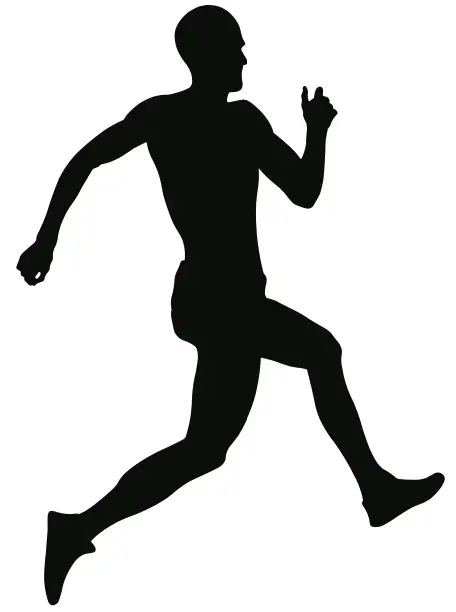false start
What Is The Definition Of False Start In Track & Field?
1. A false  start in track and field occurs when a runner begins a race early. The most apparent false start occurs when a runner starts before the sound of the starting gun.
start in track and field occurs when a runner begins a race early. The most apparent false start occurs when a runner starts before the sound of the starting gun.
Alternatively, a false start can occur when a runner reacts to the gun faster than one-tenth of a second. A reaction time faster than 0.1 second is thought to be impossible for humans; therefore, the runner must have anticipated the start.
How Do They Detect False Starts In Track?
At modern professional track meets, a device called ReacTime is used to identify false starts. ReacTime works by measuring the pressure of a runner’s feet on the starting blocks and relaying this information to a central computer.
What Happens When You False Start In Track?
In the event of a false start, the race stops. The runners then reset, and the race starts over.
How Many Times Can A Runner False Start?
Unlike other sports with false starts, there is a zero-tolerance policy in track and field events. This means one false start eliminates the offending competitor.
Does A False Start Disqualify A Runner In The Olympics?
Yes, a false start is an instant disqualification in Olympic track races 400m long or less. This IAAF rule has been in place since 2009. Previously, runners were allowed one false start without penalty.
Example Of How False Start Is Used In Commentary
1. At the 2020 Tokyo Olympics, British sprinter Zharnel Hughes was disqualified from the men’s 100m final after a false start.
Sport The Term Is Used
1. Track & Field
2. Football